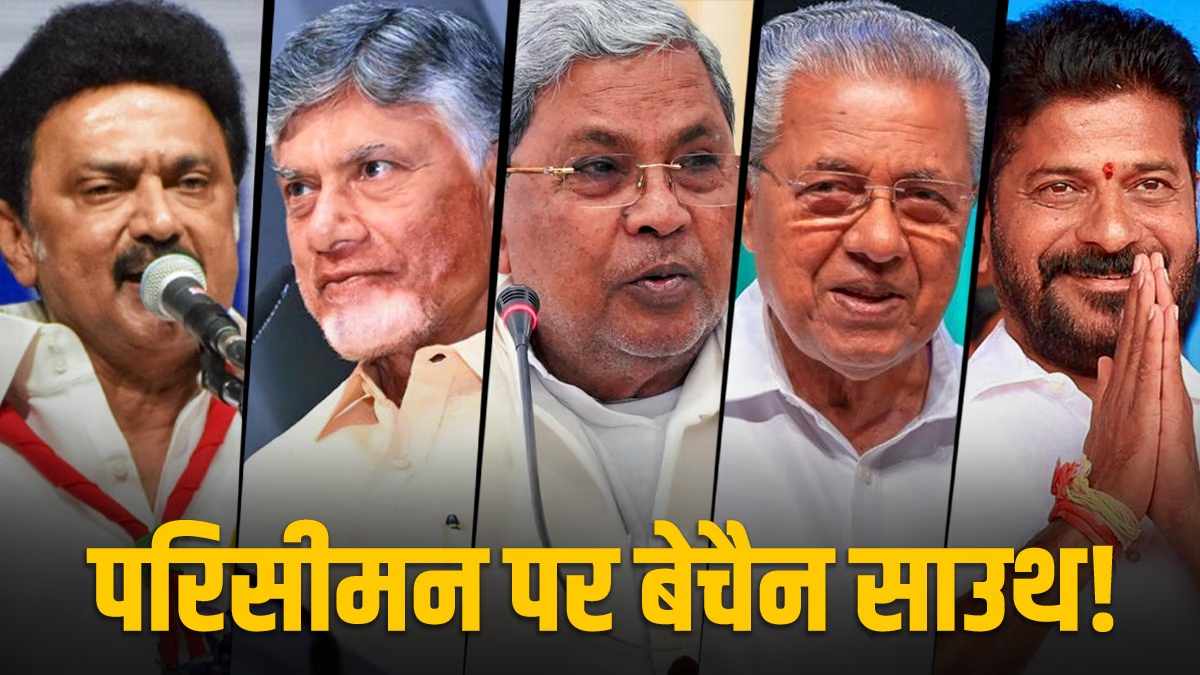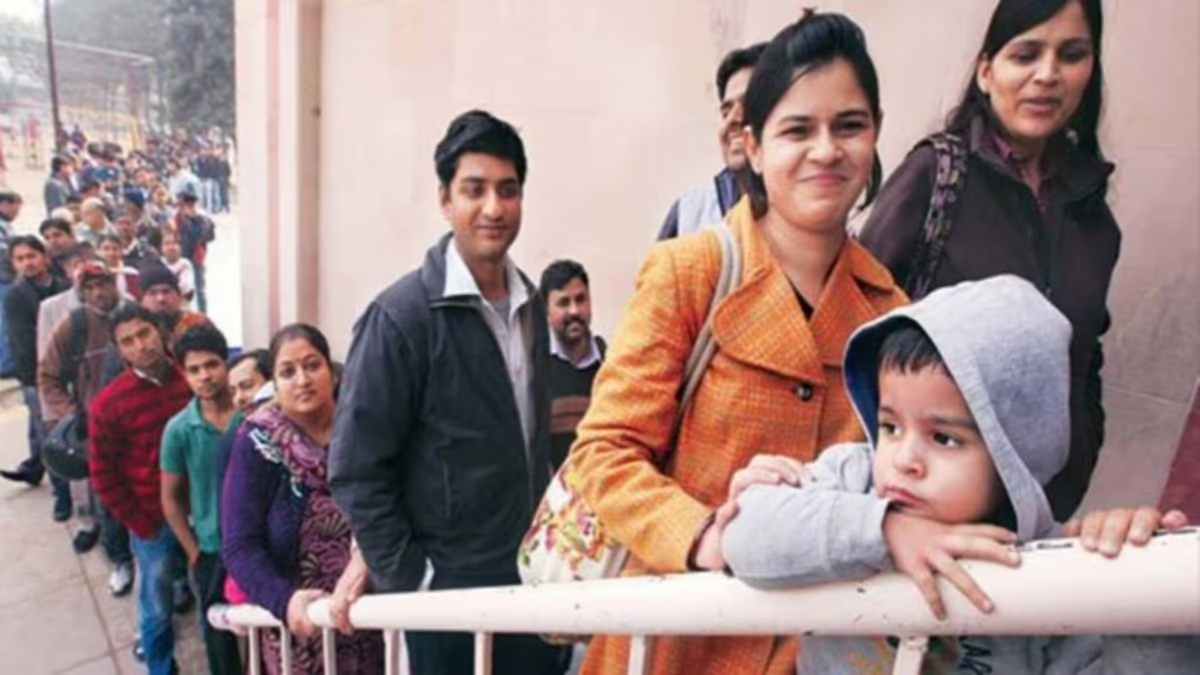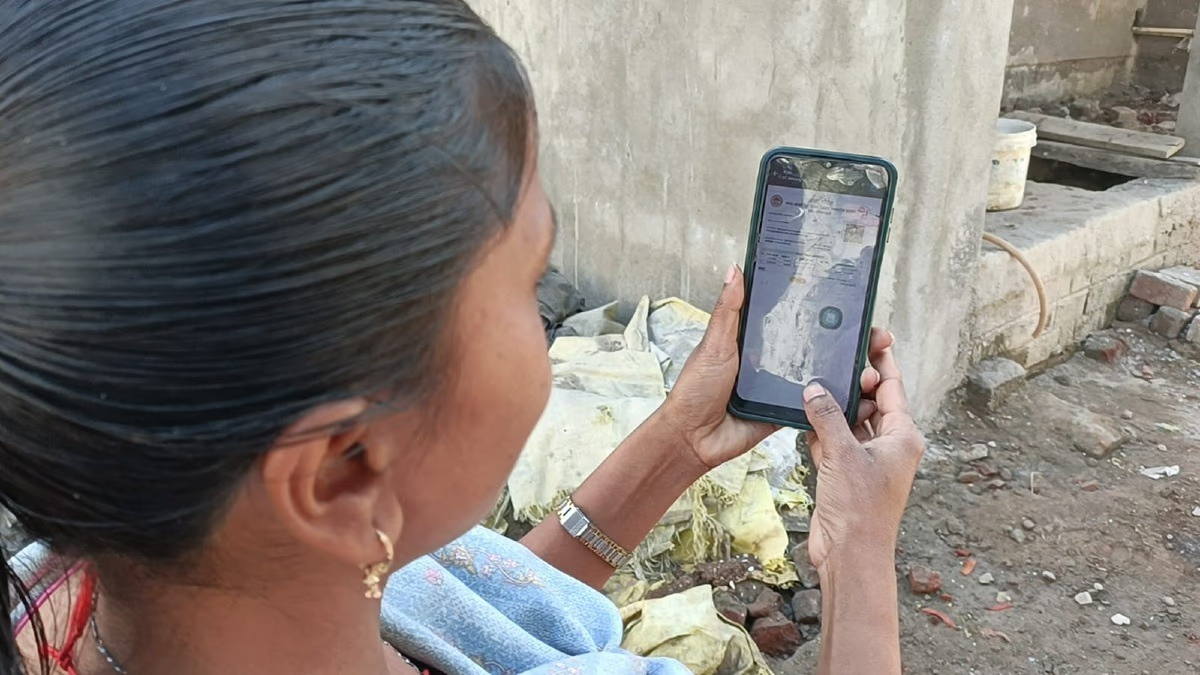A looming threat appears with the name of delimitation for India's southern states. Our Lok Sabha seats are poised for reduction, with Tamil Nadu potentially losing 8 seats.
Tamil Nadu's Chief Minister and staunch NDA rival MK Stalin ignited a fresh North versus South debate in India with this statement on February 25th.
Stalin has called for a meeting with Tamil Nadu's political parties on March 5th to discuss potential challenges arising from delimitation. It's worth noting that his statement comes in the lead-up to the state's assembly elections next year.
Targeting the central government, Stalin highlighted Tamil Nadu's success in population control but cautioned that it might lead to fewer Lok Sabha seats post-delimitation. "We stand to lose 8 seats, reducing our representation to just 31 MPs from the current 39," he stated. Presently, Tamil Nadu contributes 39 MPs to Lok Sabha.
Notably, with 39 Lok Sabha seats, Tamil Nadu currently holds substantial representation in the lower house of Parliament.
Stalin's strategic electoral statement provoked a swift response from Home Minister Amit Shah. Shah reassured that not 'a single seat' from the southern states would be cut. He emphasized that Prime Minister Narendra Modi had clarified in Lok Sabha that no southern state would lose seats due to delimitation.
What exactly is the delimitation issue? Why are the southern states voicing concerns over it? Why does CM Stalin argue that their success in a mission has become a cause for a penalty?
What is Delimitation?
Simply put, delimitation is the process of redefining the boundaries of Lok Sabha and assembly constituencies in India. Its aim is to ensure equal and fair representation based on population across all regions. This process assures all citizens and areas receive equitable representation in Parliament and assemblies. Delimitation relies on the most recent census data whenever it is conducted.
What is the Southern States' Fear?
The southern states harbor apprehensions about the delimitation process as they fear losing parliamentary representation if the redistribution is based solely on population. This concern stems from the possibility that states with larger populations would gain more seats, consequently diminishing the political influence of southern states.
If delimitation hinges on population numbers, higher-population states could gain more seats, potentially increasing representation for northern India while southern seats could stabilize or decrease. Presently, southern states like Tamil Nadu (39), Kerala (20), Karnataka (28), Andhra Pradesh (25), and Telangana (17) together contribute 129 MPs to Lok Sabha, while Uttar Pradesh (80), Bihar (40), and Jharkhand (14) together account for 134 MPs. Considering current population trends, this gap may further widen.
It's noteworthy that the last delimitation process occurred in 1976. At that time, India's population was approximately 630 million, which has now grown to around 1.45 billion—a more than two-fold increase over five decades.
The Population Conundrum in Representation
However, population growth across states has been uneven. Southern states like Tamil Nadu, Kerala, Andhra Pradesh, and Telangana have managed to stabilize their population growth via family planning and health initiatives. In contrast, northern states such as Uttar Pradesh and Bihar have experienced rapid population growth.
This disparity raises legitimate concerns for southern states. They argue that their success in population control shouldn't lead to reduced parliamentary representation, which could weaken their voice and influence in Parliament.
Southern states fear greater northern representation would bolster the influence of Hindi-speaking areas, already dominant in Parliament. This could exacerbate regional disparities.
Known for better health, education, and industrial development, southern states view this as their strength, but post-delimitation, this advantage may become a perceived weakness.
Southern regional parties, like Tamil Nadu's DMK and Andhra Pradesh's YSRCP, view this as a threat to their political future. They fear fewer parliamentary seats would diminish their bargaining power on a national scale.
Will Southern States Lose Seats?
This depends on the basis of delimitation. If it's solely population-based, their seats are set to decrease.
For instance, Tamil Nadu, with a population of roughly 76 million, holds 39 Lok Sabha seats, while Uttar Pradesh, with over 220 million people, has 80 seats. In a new delimitation, UP could gain seats, while the chances are slim for Tamil Nadu.
According to an Indian Express study, by 2025, the population of UP-Uttarakhand is projected at 250 million. With a representation basis of 2 million people per seat, UP-Uttarakhand might receive 126 Lok Sabha seats, Bihar-Jharkhand 85, while Tamil Nadu remains at 39 with Kerala dropping from 20 to 18. It's worth noting these are personal assessments.
If representation is defined, like in 1976, by a ratio of 1 seat per 1–1.1 million people, UP-Uttarakhand, Bihar-Jharkhand would see substantial increases in Lok Sabha seats. In such a scenario, UP-Uttarakhand might have 250 seats, Bihar-Jharkhand 169, Rajasthan 82, Tamil Nadu 76, and Kerala 36.
If other factors, like area, are considered, southern states may incur less loss. However, as Home Minister Amit Shah stated, no state would lose a single seat, indicating that the central government might work on a different policy. The delimitation formula remains unclear.
It’s essential to note that Tamil Nadu, Kerala, Karnataka, Andhra Pradesh, and Telangana, with the exception of Karnataka, are regions where BJP has minimal stronghold. Southern parties' distress stems from the belief that BJP's influence predominates the Hindi belt, and more northern seats might amplify its power, affecting power dynamics.
What are Southern Leaders Saying?
It isn't just Tamil Nadu; other southern states are voicing concerns and expressing unease over delimitation. Despite being part of NDA, TDP leader and Civil Aviation Minister Ram Mohan Naidu stated they would communicate with Niti Aayog, ensuring justice for every state.
DMK leader and MP A Raja questioned if Tamil Nadu is being punished for following the government's population control directives. Indicating UP-Bihar, he noted Tamil Nadu's seats might not decrease, but other states might acquire more.
Highlighting delimitation concerns, Andhra Pradesh CM Chandrababu Naidu mentioned developing policies encouraging population growth. Tamil Nadu CM Stalin later echoed similar sentiments.
Executive President of Telangana's Bharat Rashtra Samithi (BRS), KT Rama Rao, remarked that defining constituencies solely on population would be a “curse” for states like Telangana, Andhra Pradesh, Tamil Nadu, Karnataka, and Kerala, among others.
What’s the Legal Basis for Delimitation?
Delimitation is conducted by an independent body, the Delimitation Commission, established by the central government. Under Article 82, following each census, the Delimitation Commission is constituted for defining the boundaries for Lok Sabha and assembly elections. Delimitation for state assemblies is carried out under Article 170.
Delimitation is primarily based on the latest census data. The commission assesses each constituency’s population to ensure seat distribution enables almost equal representation in each area.
Historical Precedents of Delimitation
Delimitation in India has occurred four times: in 1952, 1963, 1973, and 2002.
The first delimitation post-independence was in 1952, with 494 Lok Sabha seats.
The second was in 1963, raising Lok Sabha seats to 522.
The third was in 1973, based on the census, fixing Lok Sabha seats at 542.
The fourth delimitation was in 2002, using the 1971 census. The 1976 constitutional amendment froze population-based seat allocation until 2001. This was to avoid penalizing states effectively implementing population policies. In 2002, the seat count didn't change; only boundaries were realigned.
Delimitation is proposed again in 2026, contingent on a government census—delayed from 2021 due to COVID-19.




